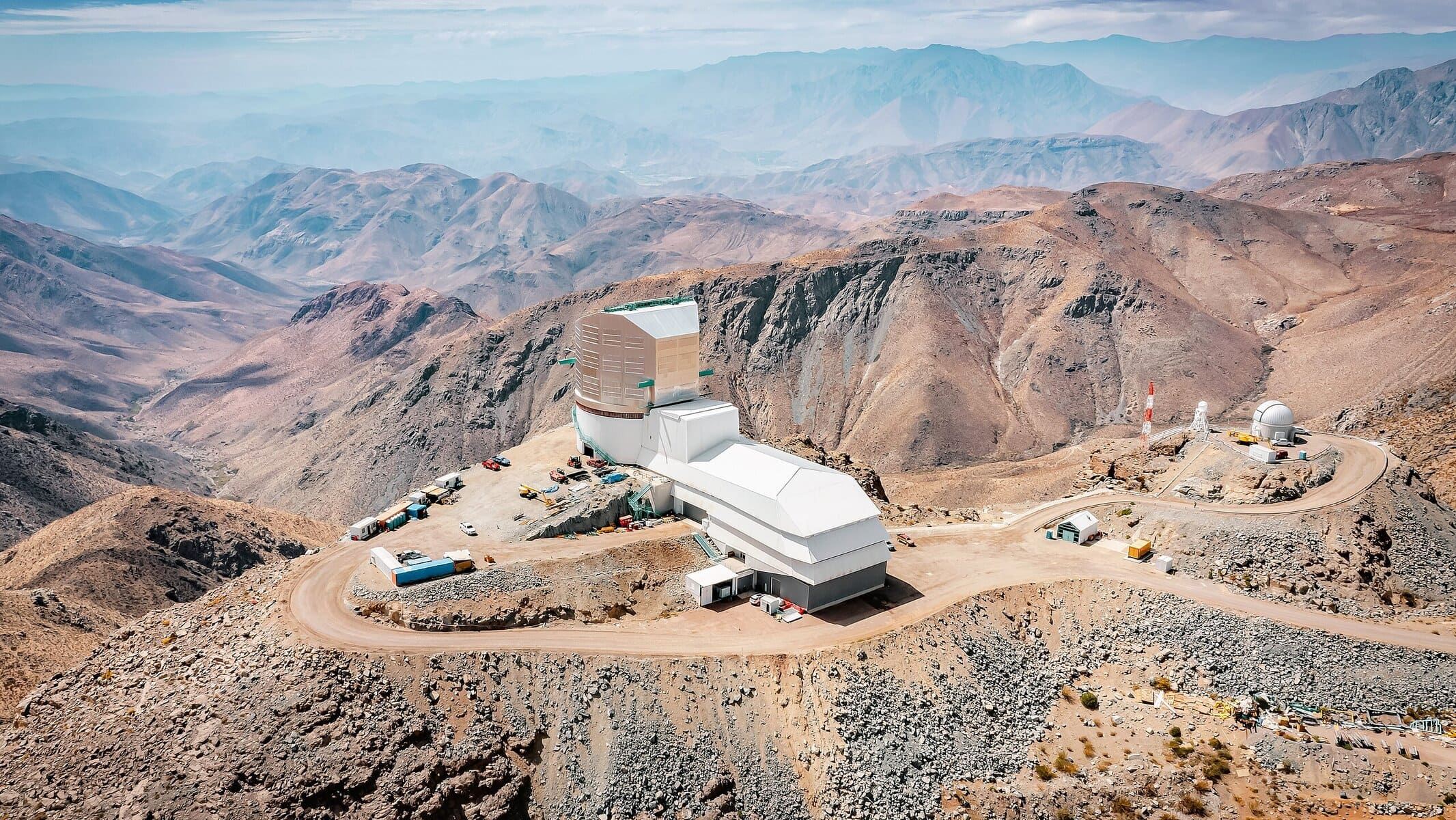What would you say if I told you that the part of the universe we’re familiar with — such as asteroids, planets, stars, galaxies, enormous gaseous clouds, star dust and black holes — together make up but five per cent of the universe; the rest by enigmatic dark matter for 27 per cent, and dark energy, 68 per cent of the total?
That’s a lot to be uncertain about, and reason enough to target the nature of dark matter and dark energy in the universe with the recent inauguration of the new Vera C. Rubin Observatory in Chile, capable of scanning the southern sky in enormous detail every three to four nights for at least the next 10 years.
Observation that the trajectories and speeds of stars were altered by a gargantuan gravitational sinkhole provided the crucial evidence for the presence of a giant black hole at the centre of the Milky Way and led to the award of the 2020 Nobel Prize in physics to experimental physicists Andrea Ghez and Reinhard Genzel, and the theoretical physicist and master mathematician Roger Penrose.
But sometimes, observations of the courses and speeds of stars, and even whole galaxies, seem to be at odds with the amount of observable mass. This apparent surfeit of mass led to the notion that there must be more matter than the stuff that we can see — such as stars and galaxies — to account for the observations.
As early as the 1930s, Fritz Zwicky suggested that there had to be more mass in the universe than could be accounted for by visible stars or galaxies.
In the 1970s, Vera Rubin and her colleague Ken Ford confirmed that there was indeed a surfeit of gravitationally active mass, without which, for example, spiral galaxies like our Milky Way would spin out of control, unable to hold on to their stars.
Given that there isn’t enough “visible” matter to do the job, the inference is that there must be several times more matter that we can’t see — hence dark — which provides the gravitational glue needed to keep spiralling stars in galaxies together.
Recently, unambiguous evidence of dark matter was revealed using the Deep Synoptic Array radio telescope that collects data from 110 dishes arrayed in the Owens Valley in California. To the scientists’ surprise, 76 per cent of dark matter was found in warm intergalactic clouds, and only 15 per cent in gas in and around galaxies.
A quandary remains with dark energy, an expansive force in the universe whose rate of expansion appears to be accelerating, based on the rates with which faraway supernovae acting as “standard candles” are receding.
In the case of the Vera Rubin Telescope, one of the major goals is to repeatedly map the southern hemisphere in incredible detail, measure the speeds and courses of stellar bodies from stars to galaxies, and match those observations with their apparent mass, with the object of mapping the distribution of dark matter and studying the expansion of the universe.
Given the high-tech nature of this telescope and wide window on the universe the Rubin telescope provides, we should get answers to many puzzling questions within the decade — provided the U.S. Congress continues to fund the project.
Like so many women in her generation, Vera Rubin faced obstacles making her way in science.
From discouraging mentors, exclusions from university courses and programs, refusals to admit her to “the boys’ club” who controlled access to precious resources such as telescope time, and repeated pettiness, she was determined to get ahead.
And she succeeded to the point when some in the science community felt she should have been awarded a Nobel Prize for her work on dark matter.
Here, it’s helpful to look at another example. In 2020, the Nobel Prize in physics was awarded for work on black holes, to which Stephen Hawking made many important contributions.
However, the Nobel committee refused to recognize work on black holes until one was actually photographed in 2019, and then they acted the next year. By that time, Hawking was long dead, and there are no posthumous Nobel Prizes.
Recent confirmation of the presence and distribution of dark matter came too late for Rubin. She died in 2016, and just as Hawking was left out, so too will Rubin for a Nobel Prize sure to come for dark matter in a year or so.
Fortunately, this important new telescope was named after Vera Rubin. To me, that’s more important than a Nobel Prize. No Nobel Prize was awarded to James Webb or Edwin Hubble for their considerable contributions to astronomy, yet their names will last long, given the importance of the telescopes named after them.
Dr. William Brown is a professor of neurology at McMaster University and co-founder of the InfoHealth series at the Niagara-on-the-Lake Public Library.









